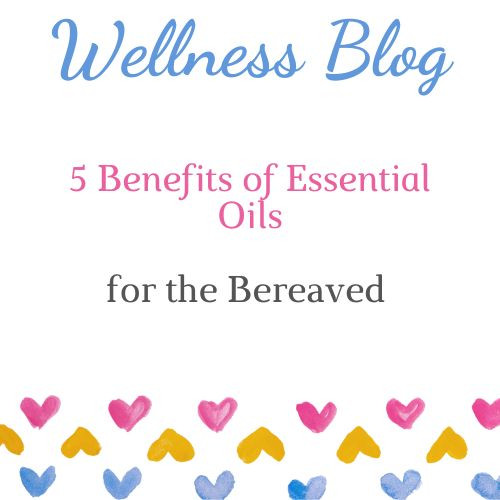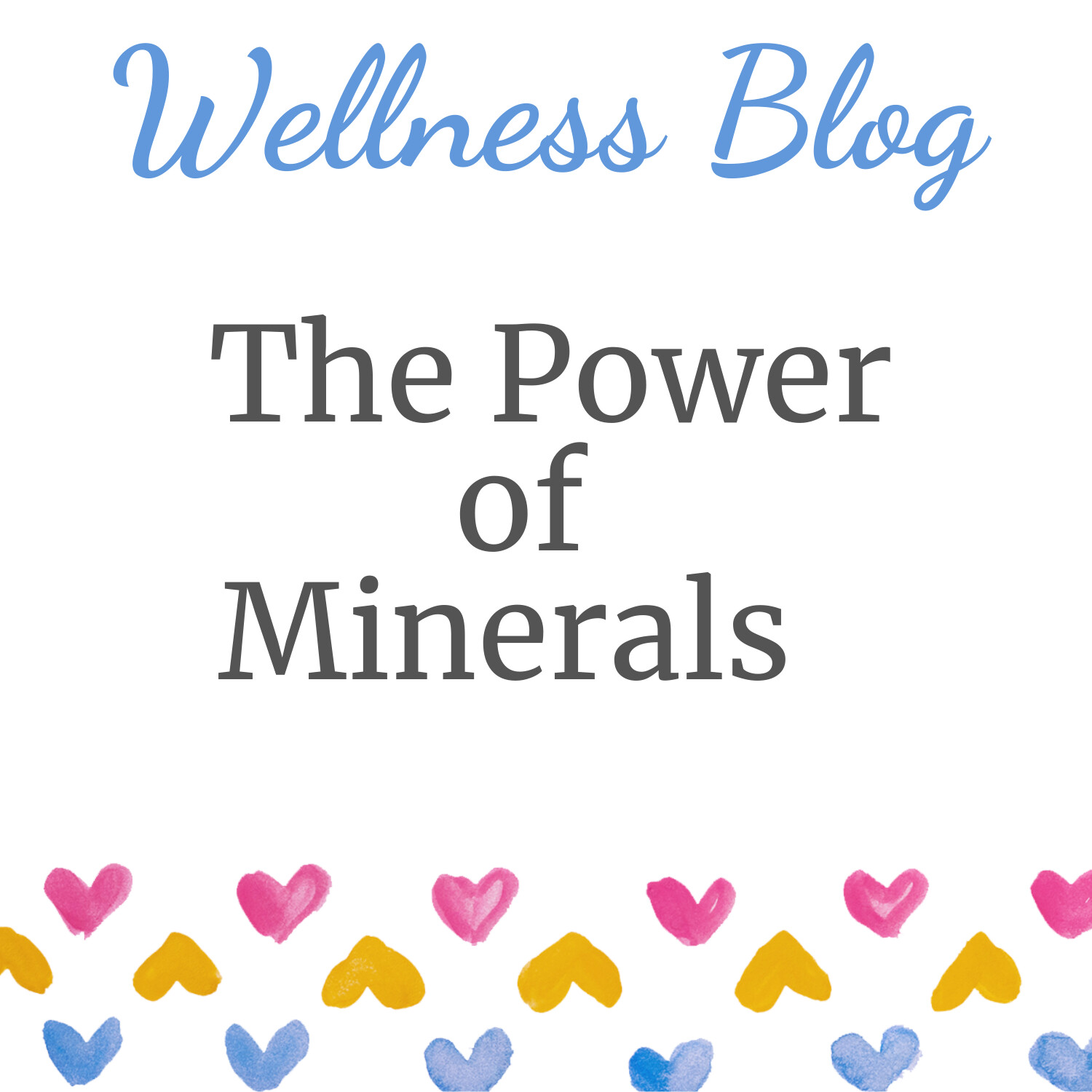
Botanica is an international conference held in Brighton at the University of Sussex. The conference is from 31st August to 3rd September.
It is a special conference in that it brings together people from a wide variety of fields who are interested in learning about plant based medicine and using it in their lives and careers. The conference is called
Celebrating Herbs and Clinical Aromatherapy
The speakers, of which there are many, include aromatherapists, herbalists, scientists, medical professionals, farmers and distillers.
One talk that particularly caught my eye by Felicity Warner is entitled
"Essential Oils: Working the Myrrhopore Way"
Felicity’s follows the ancient Myrrhophore tradition (one who works with Myrrh) which works with oils for their energetic properties to soothe trauma and soul pain. She runs the Soul Midwives School in Dorset, is a lecturer, author of three books on Soul Midwifery and is currently writing a book entitled The Sacred Oils.
I hope to see you there!
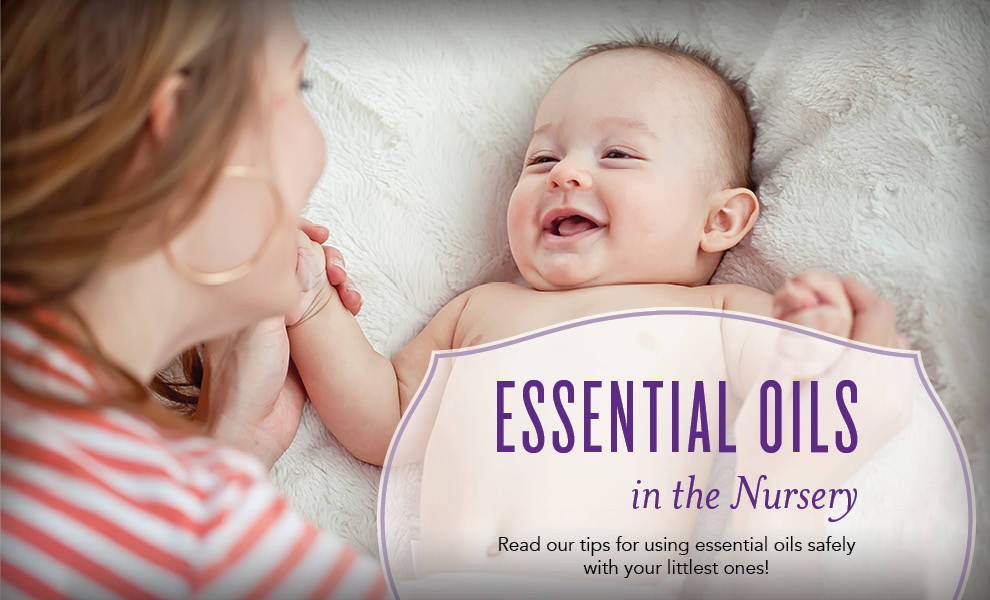
There has never been a better time to switch to chemical free products.
At last the media are reporting, almost on a daily basis, about the huge problem of plastic in our oceans and the threat to wildlife and Governments and businesses are listening and acting - the Government are even talking about putting a levy on one-use plastic items and companies like Iceland are talking about being plastic free within a few years. This is all great news, and although a bit late in the day to create mass public awareness to this huge problem - at least it is being addressed now.
It is with this in mind that the next Young Living Day - on Saturday 7th April - is focusing on the Chemical Free Family.
There are over 800 hosts all over Europe, so there is sure to be an event near you. The event I am hosting will be in Jersey, Channel Islands and will be great fun. There are lots of new products being launched with the theme Essential Oils in the Nursery, and there will also be a Dad’s Table and a chill out zone for mums. There will be competitions with prizes for the kids, and the shop at Feathers Healing, where the event is being held, will be open!
The whole emphasis of the Young Living Day will be on Chemical Free Families and I will have books for sale called The Chemical Free Home.
Recent research has shown that the air quality in our homes is worse than outside! Many people have no idea about the dangers of synthetic candles, air fresheners, fabric softeners and cleaning materials in their homes – so my talk about how to gradually reduce these items from your home, office and car and replace them with clean, green and safe products, should be of interest to many.
I look forward to seeing you on the 7th April, at Feathers Healing, St Saviour, Jersey, Channel Islands.
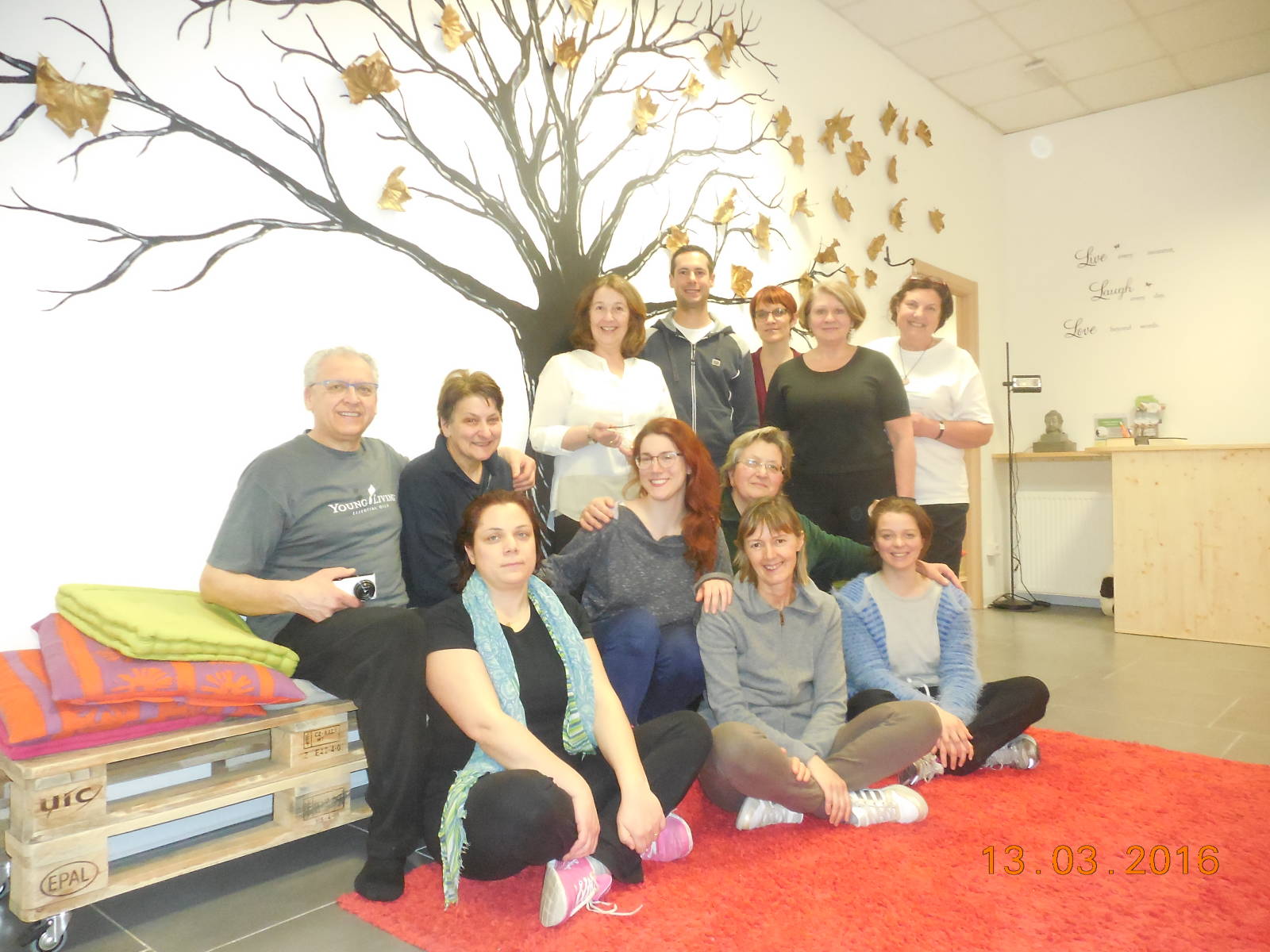
Infinity Europe Team Facebook Group
Have you joined the Infinity Europe Team Facebook Page yet?
The page is for the whole of my team and will focus on business building!
Yesterday I posted the 'Stars' and 'Senior Stars' for February 2018 - well done to you all.
For March, I am going to offer a Team Promotion! So for everyone who attains the level of
Star, Senior Star or Executive, or maintains their Star or Senior Star rank, I will personally give them a gift!
What will it be?
Go and join the group, and read all about it there!

An Explanation of the ORAC Scale
ORAC - stands for Oxygen Radical Absorption Capacity and is a scale supported by the USDA to measure antioxidant capacities of foods and essential oils. The higher the ORAC value, the more a food or essential oil is able to destroy free radicals in the body and therefore retard the ageing process and help prevent disease.
Free radicals, and the damage they can do at the cellular level, have received a lot of attention in the last few years. The oxidative stress caused by free radicals – which are produced during normal metabolism and cell function, as well as from stress and pollutants in our air, water and food – is implicated in everything from aging and wrinkling of skin to DNA damage, diabetes, cancer and heart disease. Antioxidants offer powerful, effective protection for your body and cells against their oxidative stress, by blunting the damaging effects of free radicals.
A study published in 2005 in the American Journal of Clinical Nutrition by Ilja CW Arts and Peter CH Hollman states
"In addition to their antioxidant properties, polyphenols show several interesting effects in animal models and in vitro systems; they trap and scavenge free radicals regulate nitric oxide, decrease leukocyte immobilization, induce apoptosis, inhibit cell proliferation and angiogenesis, and exhibit phytoestrongenic activity"
Phenols are a main constituent in essential oils such as Clove and Wintergreen. You can see from the list below that Clove essential oil contain the highest ORAC of any known substance on the earth! Measured in micromole Trolox Equivaments pr 100 grams, the ORAC values are often listed in other publication as measured in 'use per liter' which would add another zero to the end of the numbers. In the following table, the essential oil ORAC values are listed in grams.
One of the highest ORAC of a healthy food source is found is wolfberries coming in at 25,300 which blueberries at 2,400 to give you a reference. Raw cacao power is around 100,000.
ESSENTIAL OILS AND ORAC
- Clove 1,078,700 !!!
- Myrrh 397,800
- Citronella 312,000
- Clary Sage 221,000
- Cedarwood 169,000
- Rose 160,400
- Ylang Ylang 130,000
- Wintergreen 101,800
- Geranium 101,000
- Vetiver 74,300
- Blue Tansy 68,800
- Spikeard 54,800
- Peppermint 37,300
- Cypress 24,300
- Grapefruit 22,600
- Oregano 15,300
- Cinnamon 10,340
- Lemongrass 1,780
- Helichrysum 1,740
- Lemon 660
- Frankincense 630
- Lavender 360
Wolfberries 25,300
Blueberries 2,400
Reference: The Essential Oil Truth - The Facts Without the Hype by Jen O'Sullivan
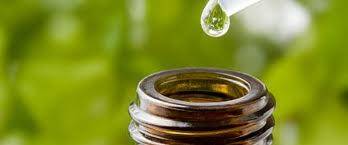
The Art of Blending with Essential Oils
I recently bought a really useful book entitled The Art of Blending with Essential Oils by Debra Raybern which I found really inspiring and which contained a lot of information not normally found in other books, so I thought I would share some of the information for you to enjoy too.
When teaching blending teachers will first inform their students about 'notes', base, middle and top notes. They may also say there are many different things to think about when blending for example if it is for a perfume or is it for a room freshener - but in all my years of practicing, learning about and teaching aromatherapy, I have never come across 'rivers'. Here is an except fro Debra's book.
"Ylang ylang, myrrh or black spruce are often used as a 'river' for a blend. Black spruce and rose are known to amplify the frequency of any blend to which they are added. Myrrh is known to make a scent last longer. A river essential oil is much like a carrier oil in a blend: it acts to transport or carry the other essential oils, allowing them to blend better for fragrance purposes".
Tips for successful blending:
The No. 1 rule in blending: Keep a blending journal - whether your blend is for for a perfume, for a sleeping aid or for a room freshener, you'll benefit from keeping a record of the exact drops you used of each oil, and of course your chosen carrier oil, if you used one. This way you won't end up with an aroma that you love but can't reproduce. If you always keep a record of all your blends in a journal - the good ones and not so good ones - once you've perfected your blend you will be able to re-create it. Buy yourself a beautiful journal book - not too small as if you are a student you will be using it a lot to do your case studies! I still have my original journal from when I trained with Eve Taylor in 1990!
Another quote from Debra' book:
"Let it rest! it's a good idea to put a new blend away for a few days or even a week. Let the scents meld together and get comfortable with each other. Sometimes they change in ways you like. Sometimes one note becomes too strong and needs to be softened with another oil. Make a blending journal entry to adjust your blends accordingly".
One last quote from Debra's book - I love this one! and again have never heard about the coffee or the arm pits!
" The Nose Knows" Become familiar with the scent and character of the oils. Inhale the essential oil and note how it makes you feel. Is the scent calming, uplifting, focused, sensual, happy, motivating or energising? Note the aroma - is it light, fresh, strong, sweet, green (like fresh mown grass) etc?
To test an aroma of an individual essential oi, breath directly from the bottle in the following manner: hold the bottle chest high, and gently swirl the essential oil in the bottle to stir up the molecules. Bring the bottle slowly to your nose, breathig deeply the entire time. how does it smell: how does it make you feel?
When testing several blends, you may experience olfactory overload. After a while you may no longer even be able to smell them! This is common and you can restore your sense of smell by sniffing fresh ground coffee beans, taking a break outside in the fresh air for at least 30 minutes, or the simplest method: smell your armpit (as long as you care not wearing a synthetically or strongly fragranced deodorant). It's true - it really works and it's always with you!
That's all for this post, but I'll continue with more on blending with the next post.

Diffusing Essential Oils
We use diffusers to diffuse essential oils into our home, office, school, car or any inside environment - to purify the air and to give us an uplifting or a relaxing effect to the environment in these places.
There are many diffusers available and they come in all shapes, sizes and cost! A cheap option would be something as simple as the candle diffuser. I personally don't recommend these as some people use the oils neat in the little dishes that come with these diffusers, when in fact they should be added to cold water. The candle warms the water and the essential oil molecules drift into the air. However, the neat oils or the water may become too hot and then the chemical structure of the oil changes, and this isn't recommended. Hot water is also a health and safely issue in the home so another reason for me not to recommend this type of diffuser. However, some of these diffusers are really pretty and I would only recommend their use if under constant supervision by a responsible adult, and topped up regularly with cold water, before the original water drys up. in 100ml of water, use 1 - 4 drops of essential oil.
My favourite type of diffuser is the cold water diffuser (an aerial diffuser) (pictured) and this is where you would add the desired amount of cold water and add either your selected single essential oil or a synergy of oils to the water. This is the mildest form of diffusion. When turned on, the vapour enters the room, with the tiny molecules of essential oil in the vapour. The main reason we would use aerial diffusion or dispersion into our environment is typically because we want to affect emotions or to have an up-lifting or relaxing effect. This type of diffuser is also great for helping people who have difficulty getting to sleep. You could diffuse a synergy of essential oils into your bedroom about an hour prior to going to sleep just to help with the sleeping. If you have trouble getting to sleep or staying to sleep, it can also be very useful. Many of the varieties on the market have a timer with them, so you can choose to diffuse for an hour for example, and it turns itself off. Some have pretty soft lights with them, with an option to have on or off, and some have beautiful music too and most have a health and safety mechanism with them, so that when the water is gone, it turns itself off.
These 'cold water' diffusers can also be used to break down airborne pathogens, to eliminate household smells from animals, cooking or smoking, or sports shoes! One of the reasons I like this type of diffuser the best is that it is totally safe. If knocked over by a child, an elderly person or a pet, then the water is cold and there will be no harm done.
Another type of diffuser is called the glass nebulising diffuser. With this type of diffuser you put your essential oils into a small piece of glass, and turn on - there is no water involved. This is the strongest form of diffusion. It disperses the essential oil molecules into the air without water. It actually is seen as a more clinical way of diffusing essential oils into your environment and often found in aromatherapy treatment rooms. Usually this type of diffuser would be used 3 times a day for a maximum of 3 times a day - and because the oils are neat, pets should not be in close proximity of the diffuser for any length of time.
Another inexpensive but effective way of diffusing essential oils is to make an aromatherapy inhaler. They are easy to make and easy to use. They can be used for anxiety, stress, or to simply support body systems. You can buy empty inhalers from many places, I recommend Purple Flame Aromatherapy, but always make sure that the inner cotton is certified organic cotton (as cotton is considered a 'dirty' crop as it is heavily sprayed with pesticides).
How to make an inhaler - Use approximately 30 drop of essential oil. Combine the essential oils in a saucer and mix well. Place the organic cotton pad in the saucer and saturate it, using tweezers, until all the oil has been taken up by the cotton. Put the saturated cotton pad into the inhaler and place the bottom cap onto the tube. Put the cap/lid onto the inhaler and it is ready to use. Don't forget to label it! I would recommend that you use this inhaler about 2 or 3 inches away from the nose, and just waft the inhaler under the nose to breath in the essential oil molecules. I wouldn't recommend you actually put the inhaler up your nose and breath in - if you wanted to use it this way, I would recommend you use less essential oil - maybe 15 drops and not the 30 drops. Remember the saying 'less is more'.
Suzanne's recommendations for diffusing (these tips were originaly from Jen O'Sullivan and have been amended slightly)
1. I would recommend you do not, put 2 or 3 single oils in a diffuser - as the oils don't synergise well this way. I would recommend that you blend these oils first in a bottle - leave to mix or to 'synergise' for 24 hours - then use that synergistic blend to add to your diffuser.
2. If you use a pre-blended oil in your diffuser, I would recommend you only use the blend - Thieves for example, or Purification - these blends have been blended for a particular reason, so there is no need to add any other oil to them, and I would never put two blends together - to me that is defeating the purpose of the original blend.
3. Always follow the manufacturers instructions re cleaning. I use Thieves cleaner for mine, but usually 'rubbing alcohol' is recommended for cleaning. If you don't clean your device, you may get a build-up of essential oil, and then you will not get the best from your diffuser.
4. Take care of where you place your diffuser - especially the ones that use water, as when the vapour 'lands', if you have your diffuser on a wooden table, for example, over time the oily residue from the vapour may ruin your table! :-( so always put your diffuser on a non-organic surface - strong plastic for example - so although I am totally against plastic, sometimes there is a need.
5. There are a lot of negative stories going around about diffusers and pets - and that pets will get ill if they are in rooms with diffusers. It is all about being responsible! A water based diffuser like the Dewdrop diffuser for example is designed to be used in a 10' x 10' room and not to be on all day. Animals especially cats, do not have the enzymes to breakdown the inhaled essential oils in their bodies, however, in a large room, with the diffuser being used responsibly, there is very little chance that your pet will suffer. To have an adverse effect, your pet would have to be sitting right next to the diffuser all day!
6. Use the right amount of essential oil - as a general guide use 1 - 4 drops to every 100ml of water. So, the Dewdrop diffuser, for example, filled up to the red line, is approximately 400ml so for that diffuser you can use from 4 - 16 drops of essential oil. For the Aria diffuser, the water well is much bigger,therefore you can use more drops of essential oil, but remember the Aria is for a larger room.
Enjoy your diffusing! :-)

Lavender is the 'Swiss Army knife' of essential oils because it has so many useful properties and can be used in so many situations. Known for its soothing and relaxing influence on the human psyche, lavender also has profound tissue regeneration and wound healing properties that are especially evident in burns.
It is also anti-inflammatory and has been shown to have analgesic properties, meaning it deadens or relieves physical pain without reducing mental acuity. Italian researchers in 1999 found lavender essential oil dramatically reduced contractions of rat nerve tissue and also had significant anesthetic action on the nerve reflexes of living rabbits (1).
Studies at Osaka Kyoiku University in Japan found that lavender increased alertness, even as it reduced mental stress. (2).
Unlike synthetic painkillers, lavender - like other pain-relieving essential oils - increases, rather than decreases, mental acuity as it relieves pain
1. Ghelardini, C et al, 'Local anaesthetic activity of the essential oil of Lavandula angustifolia', 1999, Planta Med 65(8): 700-3
2, Motomura N, Sakurai A, Yotsuya Y, 'Reduction of mental stress with lavender odorant' Percept Mot Skills, 2001 Dec 93(3): 713-8
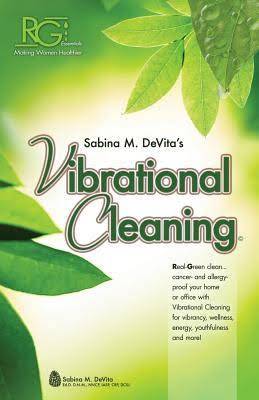
The Power of Concentration
Because of the tiny molecular structure of the components of an essential oil, they are extremely concentrated. One drop contains approximately 40 million-trillion molecules. Numerically, that is a 4 with 19 zeros after it:
40,000,000,000,000,000,000
We have 100 trillion cells in our bodies, and that’s a lot. But one drop of essential oil contains enough molecules to cover every cell in our bodies with 40,000 molecules.
Considering that it only takes one molecule of the right kind to open a receptor site and communicate with the DNA to alter cellular function you can see why even inhaling a small amount of oil vapor can have profound effects on the body, brain and emotions.
As the number of virulent microbes continues to increase in our communities along with the drug-resistant super-bugs due to the overwhelming toxic chemical overload, researchers are paying attention more than ever to the amazing natural cures of essential oils. Modern science has rediscovered the healing, disinfecting and antiseptic properties of essential oils. Over 200 types of essential oils are distilled worldwide today, with several thousand chemical constituents and aromatic molecules identified and registered.
Only 1 percent of essential oils on the world market are used for therapeutic purposes, whereas the rest of the oils grown and distilled are produced for the fragrance and perfume chemical industry. Essential oils have a phenomenal capacity to aid in various ways: anti-bacterial, anti-fungal, anti-viral, anti-parasitic, antiseptic and disinfectant as well as restoring and regenerating skin cells. When used in cleaning agents, essential oils disinfect and cleanse while healing the body, mind and emotions through inhalation. They destroy infections agents in the environment, in food and on skin.
They help to relieve stress and tension; when diffused or used as an air freshener, they help to calm and relax you. They stimulate skin cells into reproducing at a quicker rate, thus reducing the time lag between new skin growth and elimination of old cells and helping to reverse the process of aging. Furthermore, essential oils are fast acting: quickly absorbed by inhalation (within milliseconds) or directly through the skin.
Reference: Vibrational Cleansing by Sabina M. DeVita.
I absolutely love this book – a ‘must read’ for any one interested in holistic therapies – ‘energy’ work and anyone wanting to reduce the toxic load in their homes and their lives in general. Sabina DeVita makes what can be a deep and complex subject, fun and easy to read and understand.
Suzanne Le Quesne – Clinical Aromatherapist and Essential Oil Practitioner

 The Story:Thieves essential oil blend was created based on the historical account of four thieves in France who protected themselves from the Black Plague with cloves, rosemary, and other aromatics while robbing victims of the killer disease. When captured, they were offered a lighter sentence in exchange for their secret recipe.
The Story:Thieves essential oil blend was created based on the historical account of four thieves in France who protected themselves from the Black Plague with cloves, rosemary, and other aromatics while robbing victims of the killer disease. When captured, they were offered a lighter sentence in exchange for their secret recipe. Young Living’s proprietary Thieves oil blend includes clove, cinnamon bark, rosemary, lemon, and Eucalyptus radiata and has been specially blended to offer the same kind of defence.
Thieves has been university tested and found to be highly effective against airborne bacteria.
Utilising the power and protection of Thieves essential oil blend, Young Living created an extensive line of plant-based household products. From toothpaste and mouthwash to cleaning products, hand soaps, and even throat lozenges, the Thieves product line provides safe, effective alternatives for use in the home. Thieves essential oil blend is an integral ingredient in Thieves Household Cleaner, Thieves Spray, Thieves Wipes, Thieves Lozenges, Thieves Ultra toothpaste, and Thieves Mouthwash.
The Basics and Health & Safety
- Thieves should be always be used with a carrier oil because it contains essential oils that are considered ‘hot’(spicy) which could irritate skin. The essential oils in this blend that are considered hot are: clove and cinnamon bark.
- In most applications, mix 3-5drops of Thieves essential oil with 1 teaspoon of V6 carrier oil. If you find that the application still feels a bit too warm to your skin, simply add more carrier oil to dilute. (use Olive Oil if no V6).
- If you use water to dilute an essential oil, always shake really well before use as oil and water don't mix well!
- Whenever taking an edible Young Living essential oil, such as Thieves Vitality® (or Thieves Plus® in Europe), internally always mix with olive oil or V-6 prior to use as a supplement. As a supplement, dilute one drop in 4fl. oz. of liquid such as goat’s or rice milk.
- Possible skin sensitivity. If pregnant or under a doctor’s care, consult your physician. Always dilute before applying to the skin or taking internally.
- Keep out of reach of children.
- Use glass bottles in preference to plastic.
THIEVES ESSENTIAL OIL CONTAINS:
Clove (Syzygium aromaticum), Lemon (Citrus limon), Cinnamon (Cinnamomum verum), Eucalyptus radiata (Eucalyptus radiata) and Rosemary (Rosmarinus officinalis CT 1,8 cineol).
CLOVE oil, nature’s richest source of eugenol, is the highest-scoring single ingredient tested for its antioxidant capacity on the ORAC scale. Clove is also known for its immune-enhancing properties.
LEMON - With 68% d-limonene, lemon essential oil is a powerful antioxidant known for its ability to act as a natural solvent and cleanser.
CINNAMON BARK - High in antioxidants, cinnamon bark has a reputation for relieving discomfort during the winter season and supporting the digestive system.
EUCALYPTUS RADIATA - As one of the most versatile of the eucalyptus oils, Eucalyptus radiate has many health-promoting properties. This powerful essential oil contains eucalyptol as one if its major elements, which in laboratory tests has been reported as being effective against bacteria in topical applications.
ROSEMARY oil is naturally energizing and may be beneficial for helping restore mental alertness when experiencing fatigue.
10 top uses for the home
- Mix 8-12 drops with water in a 4 oz. spray bottle to repel insects on your flowers and plants - shake very well before use.
- Diffuse 15-30 minutes daily in homes or business to solve mould problems.
- Put a few drops in your carpet steamer to disinfect carpet.
- Put a few drops on a tissue, place near the heat/AC vents to eliminate airborne germs.
- Mix several drops with baking soda to clean baths and basins.
- Use to clean pet cages, creating a healthier environment for them.
- Add a few drops to your dishwasher for cleaner dishes.
- Add to your laundry cycle for cleaner clothes.
- Add several drops to your mop water for cleaner floors.
- Use to dissolve the gummy adhesive on price labels
10 top uses for you and your family
1. Apply 1-3 drops to cuts or open wounds to prevent infection and promote healing.
2. Mix with a tablespoon of milk (or water if mixed very well) , gargle and swallow for a tickly throat.
3. Apply to upper chest and throat with V-6 Massage Oil for a 'tight' chest.
4. For a spotty face apply to the skin diluted with V-6 Massage Oil.
7. Put a couple drops directly on the soles of your feet to protect you from winter ailments.
8. Diffuse in your home to keep the germ count down.
9. Rub a 2 drops on the bottoms of children’s feet for protection before school every day.
10. Put a drop in your cup of tea for flavour and to maintain health
Thieves Essential Oil Blend is one of my top 5 oils
it's part of my First Aid Kit - for use at home, at school, when travelling, when cleaning
all 100% natural and toxic and chemical free!
Every home should have 1 (or 2 or 3) :-)
Click the link below to get your Thieves Household Cleaner
or here for a Thieves Starter Kit!
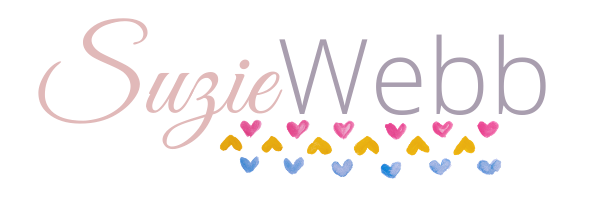

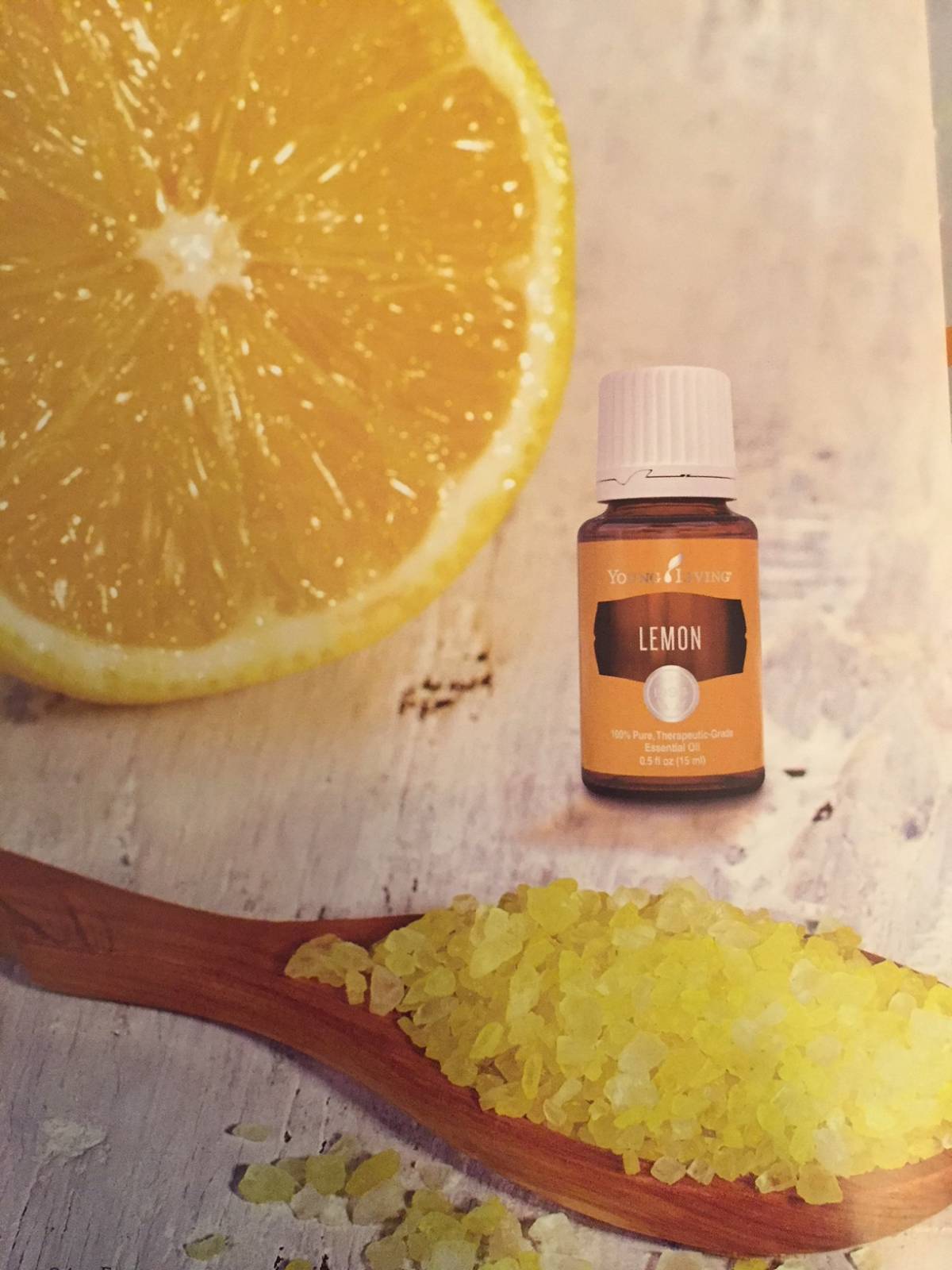
 Welcome to my Blog! I'm Suzie Webb you can read more about me
Welcome to my Blog! I'm Suzie Webb you can read more about me 
